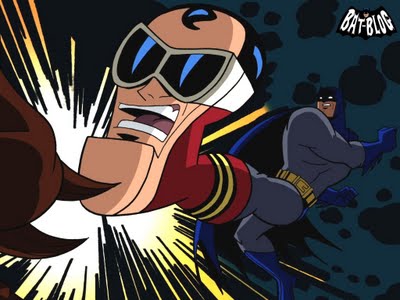Both events I can't exactly connect with since I have never experienced it myself, yet the way it was illustrated and present almost feels like I can relate or at least feel sadness for them. Especially Maus since it was basically narrated. I could almost hear his raspy voice and the memories he recalls. What terrified me the most was how clear it was. There wasn't really a moment of hesitation of "this might have" or "maybes" this was a portion of his life that was stripped from him and something that even till present day holds lots of regrets.
The art style was very unsettling. In the beginning it's actually seen as quite cute up until the reader realizes this isn't exactly a book for children. It's clear it's a comic, but for what the story tells it legitimizes the fact that comics can be a whole story, a memory, and even informative. I thought it was quite clever that the mouses were jews, cats were germans, and pigs were polish. It almost made sense and simplified it for me more easily rather than if they were people. They were all animals, yet still different. I thought it was especially clever when he had to disguise himself by wearing a pigs mask. I can't imagine any other way of how the artist might've shown someone disguising their race.
Now unto Barefoot Gen... This was a comic (I read the comic last year before learning there was an animation, so I'll be talking mainly about the comic) that hit me hard. Of course I had no personal family or connection to this event, yet felt a deep sadness and realization after reading this graphic novel. The majority of the beginning is just showing a day in a life of this small Japanese town. There were some warning signs of trouble like bomb drills, but the tragic event itself came out of nowhere. It basically spent the beginning making a peaceful relation with the viewers and characters and proceed to basically rip your heart out. The rest of the manga is spent on life afterwards and the struggle, which made me realize how this wasn't just some comic of an event, but an experience.
(Also backtracking a little bit I recall in class after watching the film we discussed a bit about nuclear war and whatnot. It really baffles me something as dangerous as nuclear warfare is even up for debate. I think the whole point of this comic/film was to ensure that this never happens again.)







